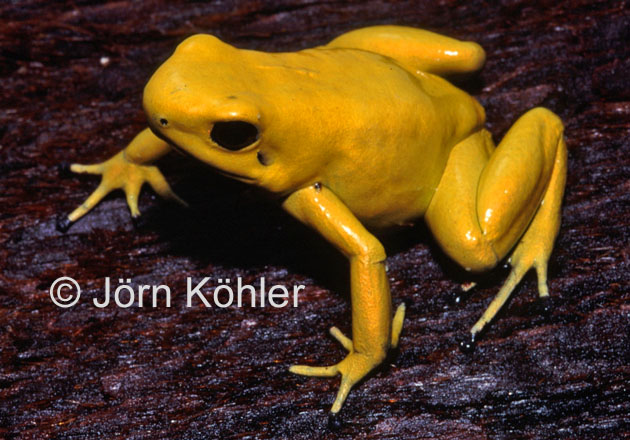Unlocking the Genomic Code of the World's Deadliest Frog
Unlocking the Genomic Code of the World’s Deadliest Frog

We’re thrilled to share that our team has just published a draft genome assembly for Phyllobates terribilis, the golden poison frog—one of the most toxic vertebrates on Earth!
This international collaboration, with authors from institutions in the USA and Brazil, including my Ph.D. student Reyhaneh Nouri and myself, marks a major step forward in amphibian genomics. The paper was published in Gigabyte and is freely available at https://doi.org/10.46471/gigabyte.157.
What makes this frog so interesting? Aside from its dazzling coloration, P. terribilis produces batrachotoxins—neurotoxins so potent that indigenous hunters historically used them to poison blow darts. Despite this notoriety, until now there was no genome assembly for this species.
Generating this assembly was no small feat. The genome is estimated to be a staggering 12.6 Gb—about four times the size of the human genome—and roughly 88% of it consists of repetitive elements. These properties have long made poison frogs difficult to work with at the genomic level.
To tackle this, we combined Illumina, PacBio, and Hi-C sequencing with a multi-step assembly and annotation pipeline. Despite the expected fragmentation, our assembly (PTer_1.0) successfully captured nearly 46,000 protein-coding genes and confirmed the presence of critical pathways like Notch and Wnt signaling as well as voltage-gated sodium channels, which are involved in batrachotoxin resistance.
This resource opens new doors for investigating the evolution of chemical defense, color pattern diversity, neurotoxin resistance, and developmental biology in amphibians. It also contributes to the broader goal of making genomic data accessible for species with large, complex genomes.
We’re proud of what this project represents—not just scientifically, but also as a cross-continental collaboration between universities in the U.S. and Brazil. Congratulations to everyone involved!
Previous post
Giovanna Yumi Scorsim Omura is our newest Ph.D. Candidate
Next post
AI Models Shed Light on Parasite Evolution at the 100th Annual ASP Meeting
